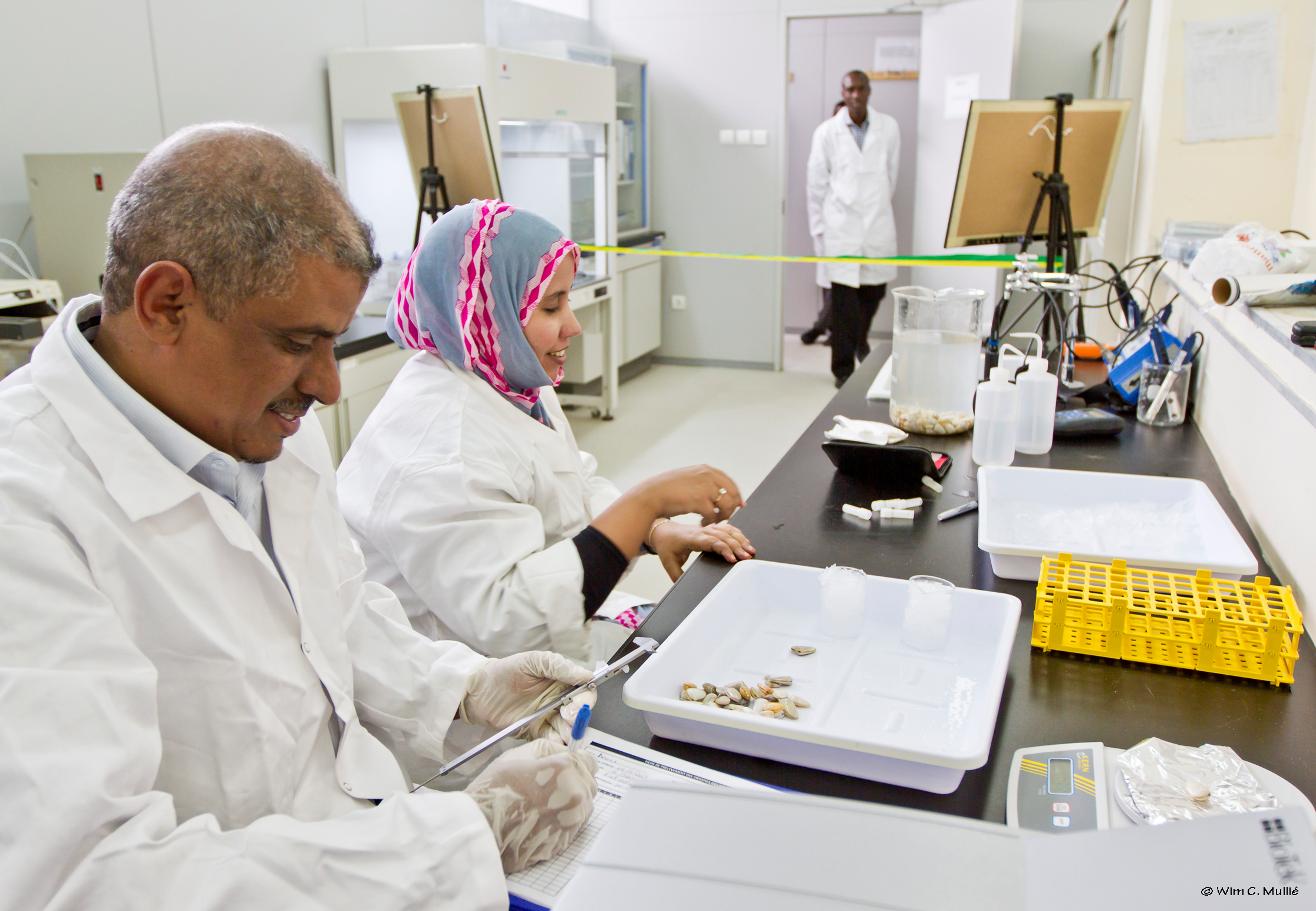Livelihoods analysis of assets and strengths
The analysis of assets and strengths is the first step in engaging communities to understand what they perceive to be their assets and strengths at individual and community level and to differentiate between the assets by grouping them according to their nature: social, human, physical, financial or natural. This ensures that the focus from the outset is positive and on what works.
Synthesizing information, creating space for knowledge enhancement and sharing of experiences to understand and change outcomes from local people’s perspectives. Understanding the different roles and responsibilities has proven to strengthen relationships necessary for sustainable prosperity of interactions locally and globally.
Lesson learning has been a priority from the outset and the project adopted a participatory action framework for its evaluation. A range of data collection methods was used, ranging from informal discussions and focus groups to photo-voice exercises. As the data and lessons learned were through a collaborative process, so the shift toward sustainable change outcomes was also collaborative, highlighting the importance of shared learning and importance of creating space for a deliberative dialogue between different participants. This reflexive approach ensures those lessons are continually learned collaboratively and that sustainable change and adaptation become synonymous.
